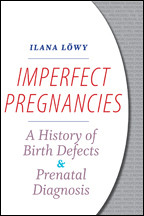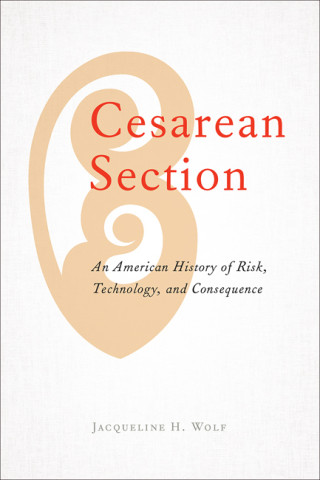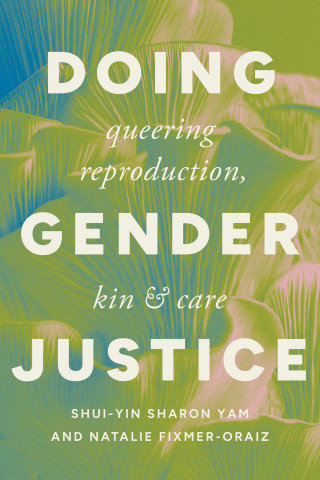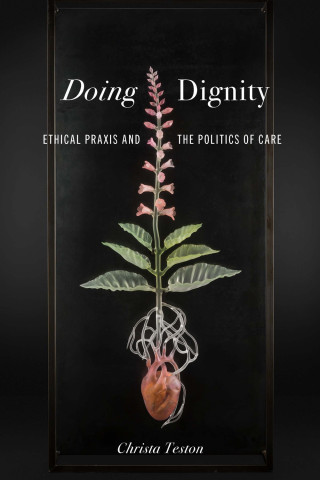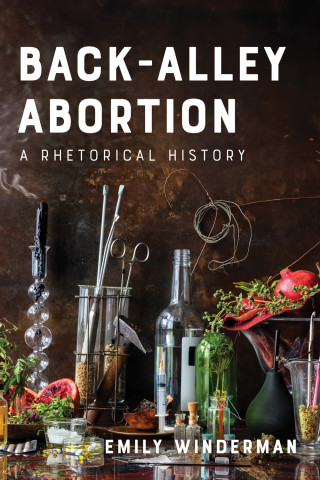
Reviews
Amid rising anxiety over reproductive justice, Winderman compellingly demonstrates the power of rhetoric to mobilize fear, misdirect public attention, and marginalize those seeking reproductive care. Providing crucial nuance to a phrase that continues to haunt feminist politics, Winderman deftly illuminates the complex residue of the 'back-alley' and how it persists across time and space.
Urgent and riveting, Back-Alley Abortion traces the rhetorical life of the metaphor that has dominated public discourse about reproductive rights. This powerful book will challenge what you think you know about the history of abortion, and it will convince you of the power of stories—even wrong ones—to shape both public understanding and public policy.
Back-Alley Abortion combines meticulous archival research with deft rhetorical analysis to powerfully critique stigma against abortions. This book makes an important contribution to the rhetoric of reproductive justice, demonstrating the importance of careful historical research and a keen attunement towards social change.
Book Details
Acknowledgments
Introduction: "We All Heard the Stories"
Chapter 1. Before Abortion: The Affective Residue of Back-Alley Rhetoric
Chapter 2. The Rhetoric of the Pre-Roe Back-Alley Medical Encounter
Chapt
Acknowledgments
Introduction: "We All Heard the Stories"
Chapter 1. Before Abortion: The Affective Residue of Back-Alley Rhetoric
Chapter 2. The Rhetoric of the Pre-Roe Back-Alley Medical Encounter
Chapter 3. The Post-Roe Visceral Public Memory of Back-Alley Abortion
Chapter 4. Kermit Gosnell and the Anti-abortion Uptake of Back-Alley Abortion
Conclusion: (Never) Going Back: The Back-Alley When Abortion Is a Crime
Notes
Bibliography
Index
